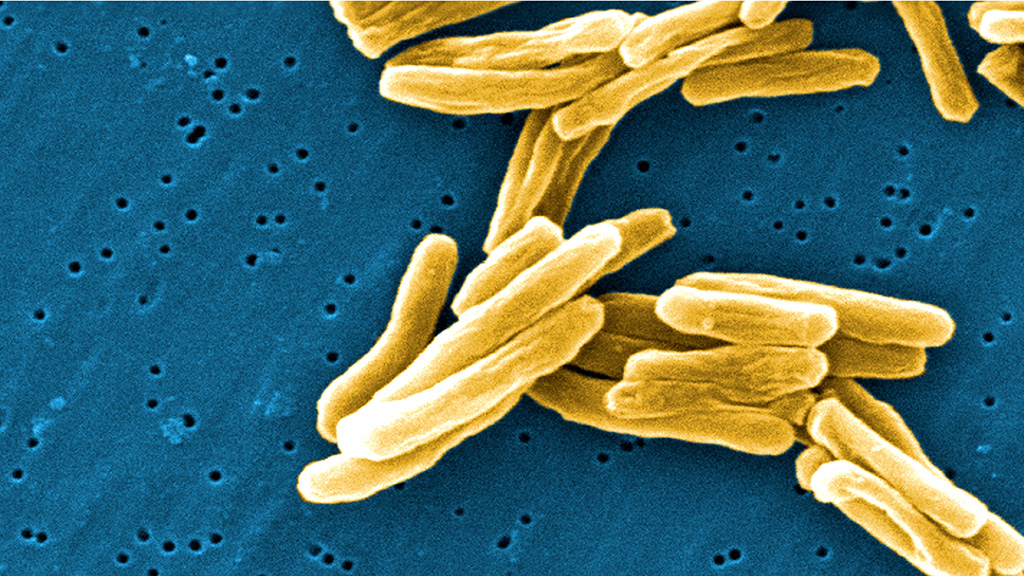Abstract
This case study presents the story of Phil, an undergraduate majoring in biology, whose Russian cousin Dimitri has contracted tuberculosis (TB) from inmates at the prison where he works. Phil learns that his cousin's failure to complete his antibiotic regimen likely contributed to the evolution of antibiotic-resistant TB in his body. Phil consults with his friend Stacy, and together they try to understand Dimitri's condition by applying what they are learning in their genetics lab experiment about the role of random mutation in bacterial evolution (including the development of antibiotic resistance) through Luria- Delbrück fluctuation analysis. The same analysis includes calculation of the mutation rate, which Phil realizes is sufficient to cause MRSA and other antibiotic-resistant infections. This case study was originally developed for concurrent use in freshman/sophomore-level genetics, elementary statistics, and precalculus. However, it is also very appropriate for courses in introductory biology, evolutionary biology, and biostatistics. The teaching notes discuss various ways to run the case depending on the mathematics and biology background of students.



